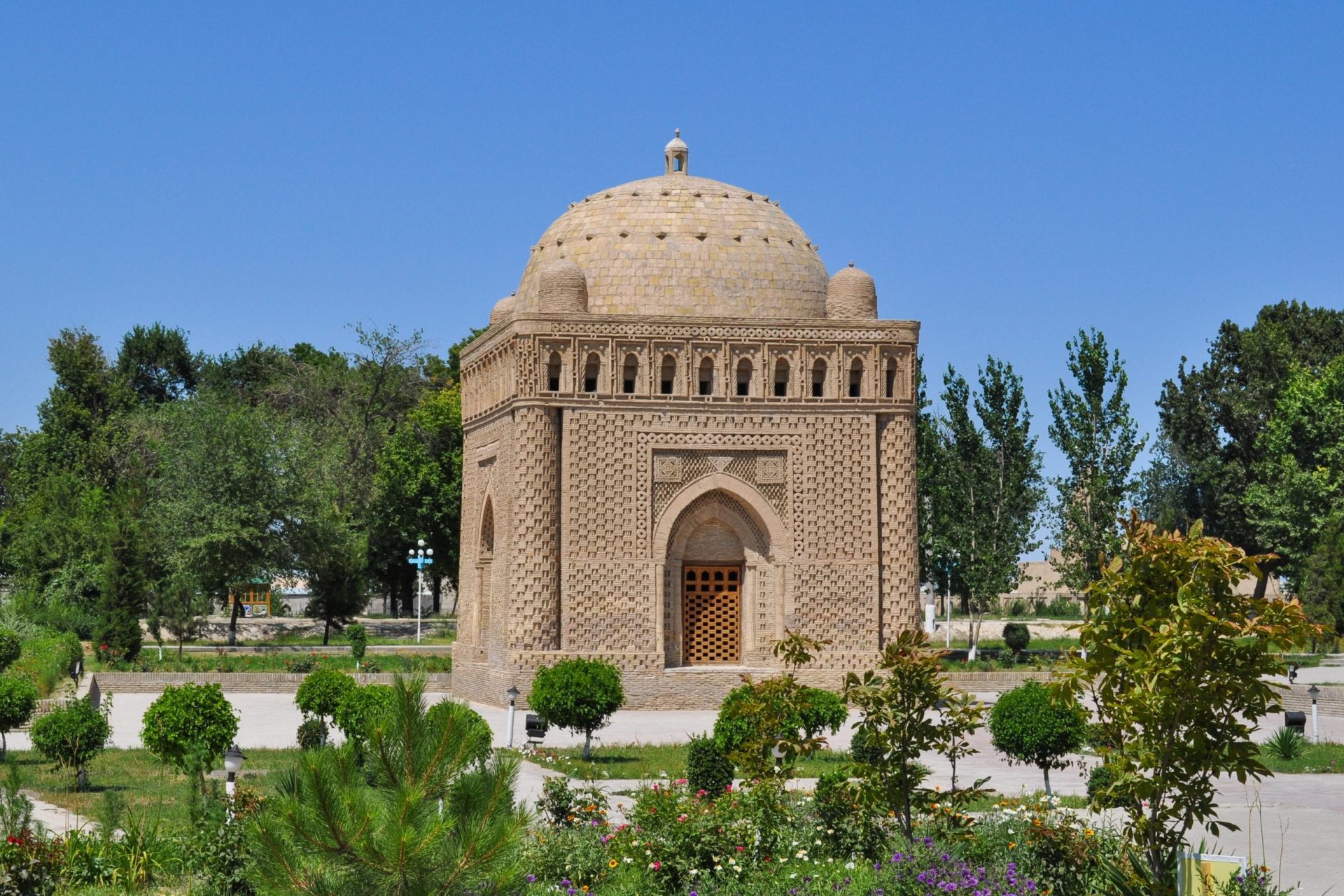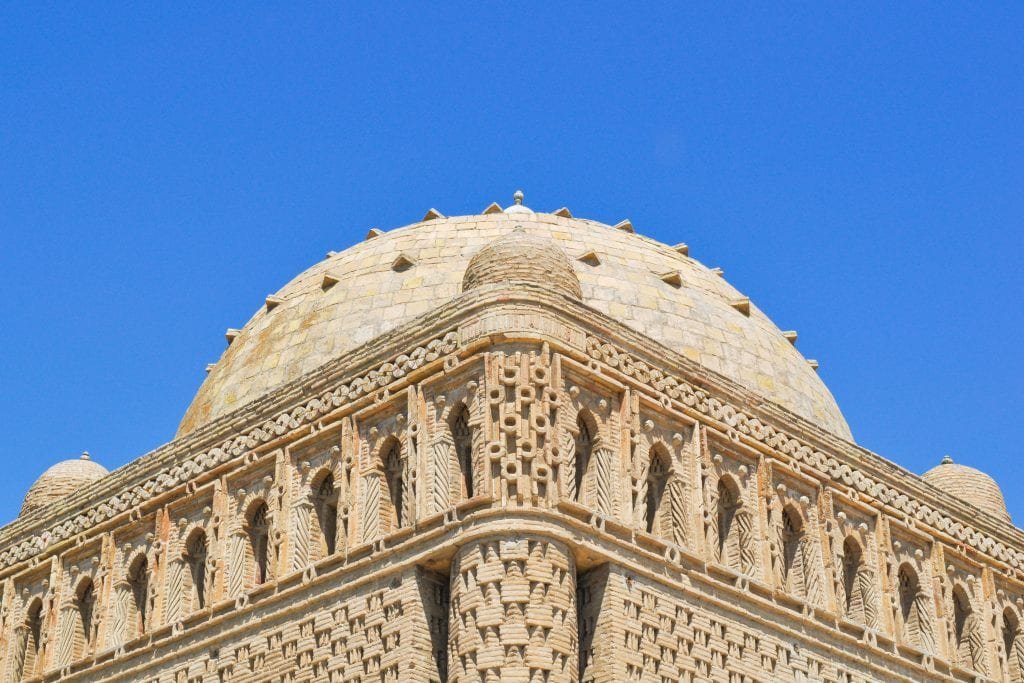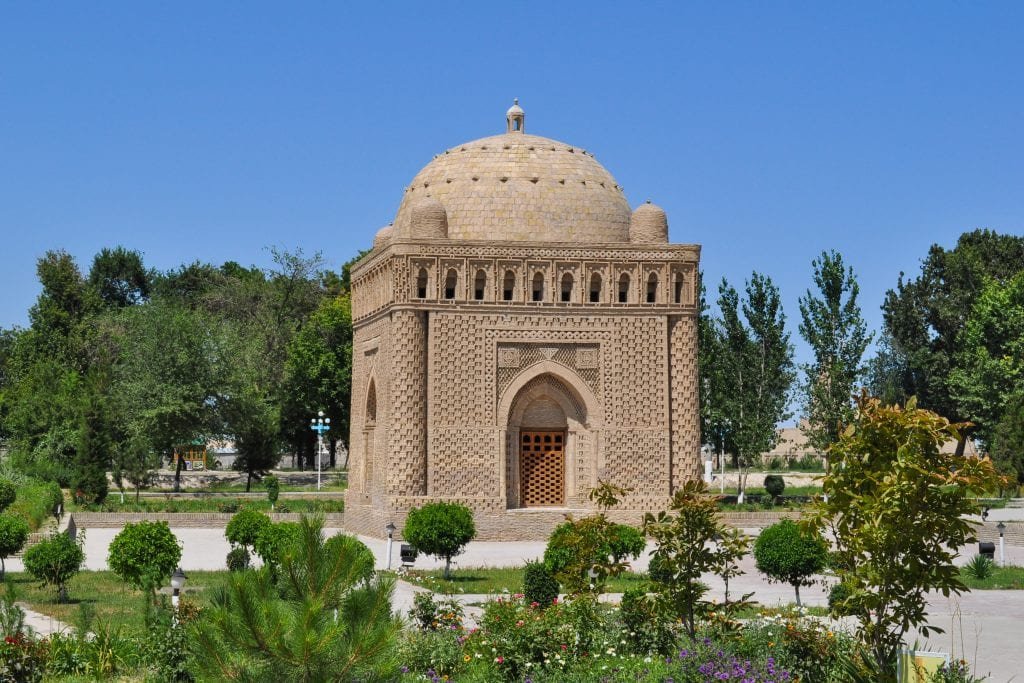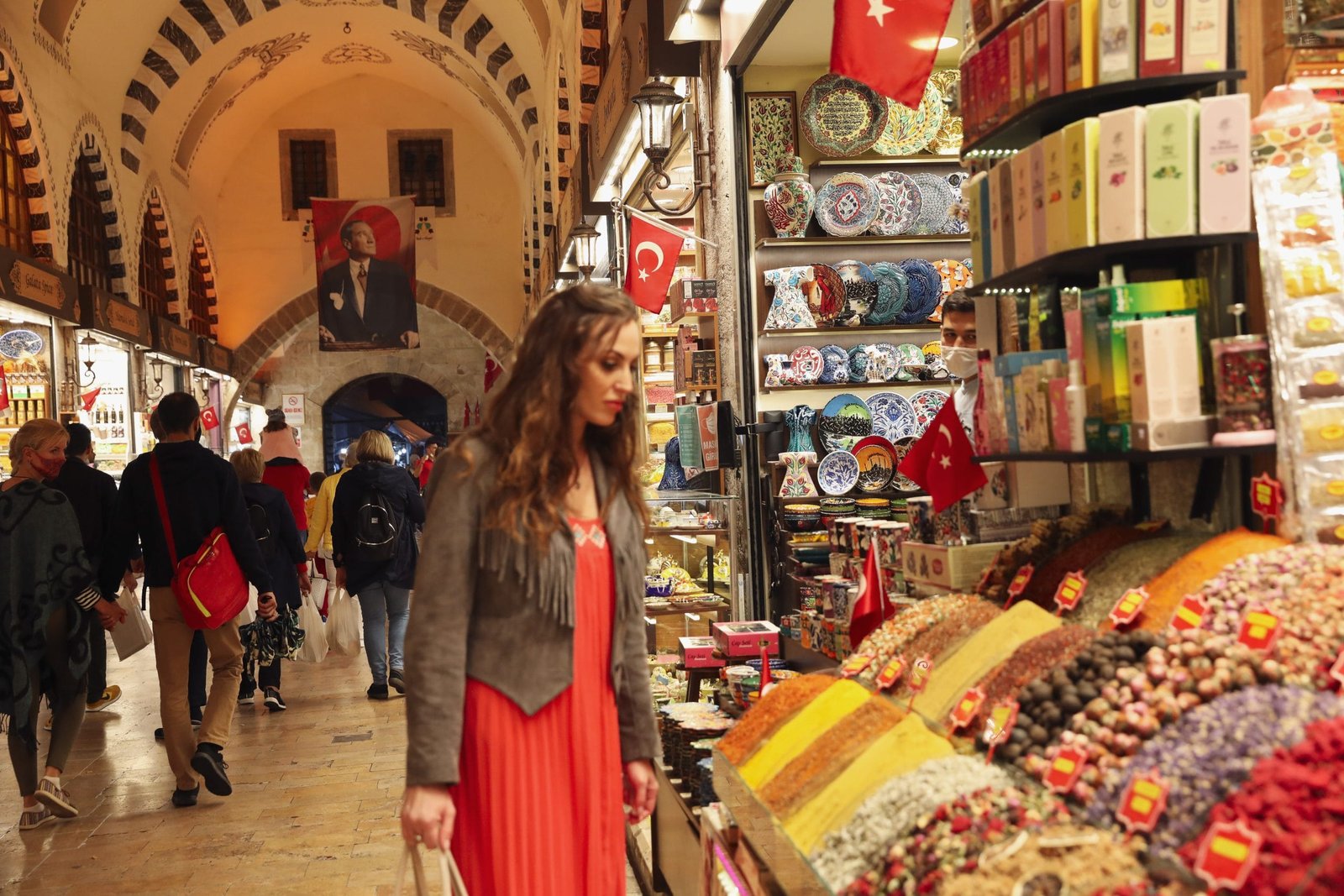
Islamic Architecture: Ismael Samani Mausoleum
Ismael Samani mausoleum is a 1,000-year-old tower built in a nearly perfect cube measuring precisely 35 feet on each side. Its exterior is an elaborate ornament of fine workmanship that looks more like the weaving on a basket than a building.
Symbolism of Ismael Samani Mausoleum
The dome symbolizes the heavens and complements the cubic form depicting the earth and the Kaaba, and Mecca’s rectangular holy stone.
The cube shape is symbolic: it depicts the earth. The roof is made in the form of a half-moon or dome, which symbolizes the sky. The unity of everything in the Universe is the idea behind the Mausoleum.
The architecture of Ismael Samani Mausoleum
The architecture and the decor of the Mausoleum bring together Silk Road’s history, traditions, and cultures it’s been made of.
There is nothing but astonishment when you look at the beauty of this Mausoleum. Covered in colorful tiles, two 16th century religious schools: the Modar-i-Khan madrassah and the Abdullah Khan madrassah, face each other.

Another unique feature of this Mausoleum is the roof :
the building has a full-fledged roof, which is strictly forbidden in Islam. There are no other mausoleums of this kind in Islamic history.

Bolo Hauz
Near the Ismail Samani Mausoleum, a magnificent 10th-century structure – Bolo Hauz. Its biscuit-colored bricks bonded by egg yolk and camel’s milk,
The wooden-pillared Bolo Hauz, a unique mosque made of brown-colored bricks glued together by eggs and camel milk, is close to the Ismail Samani Mausoleum. The pattern etched on each rock is never repeated. Can you imagine the skill it took?
The delicate patterns inside change based on the time of day. Sometimes tourists come here three times a day, morning, afternoon and evening – and the photographs are completely different!
The Samanid Dynasty
It is one of the only remaining structures left from the wealthy Persian Samanid dynasty that ruled Central Asia until the 10th century. The construction was directed by Ismail Samani, the founder of the dynasty.
Surprisingly, the church has survived the Gingis Khan takeover and has been covered in sand for centuries. It took years to dig the masterpiece out of the dirt when it was discovered in 1934! The Mausoleum was perfectly preserved, so the restoration work was minimal. Probably the walls’ thickness (2 meters!) helped.

It was built by the Samanit dynasty in the 10th century, at the zenith of the Empire. Historians claim that Ismail Samani ordered the construction of a mausoleum in memory of his father. Eventually, the building became the tomb of other members of the noble family.
According to the inscriptions at the building’s central entrance, Ismail Samani and his grandson are buried here.
The Samanid rule is considered the economic and cultural boom of the Bukhara emirate.
When Genghis Khan attacked Bukhara, the Mausoleum was covered in clay from the flood. It was protected from the devastation that hit the rest of Bukhara.
Where is Ismail Samani Mausoleum located :
The Samanid Mausoleum is located in a lovely park full of trees, canals, and a Samanid Park reservoir. There is a small amusement park nearby where local families go for walks in the early evening when the temperature is not too high.
The area around it is a very chilled place, perfect for strolling and relaxing. There is a small pond near the Mausoleum.




